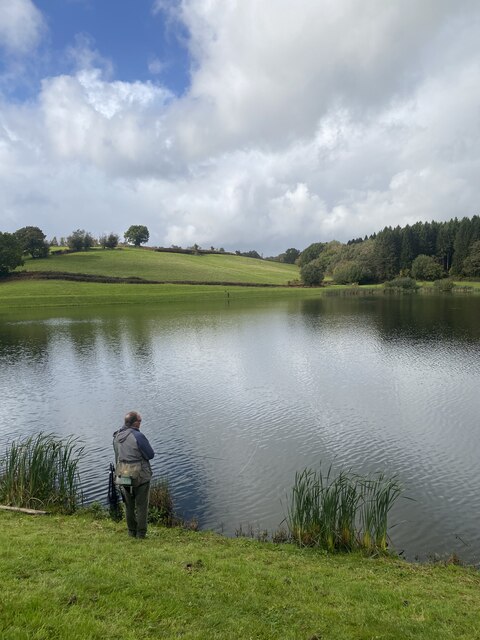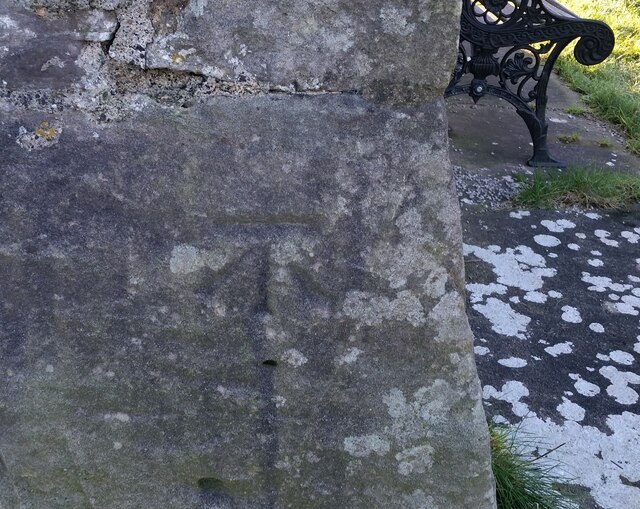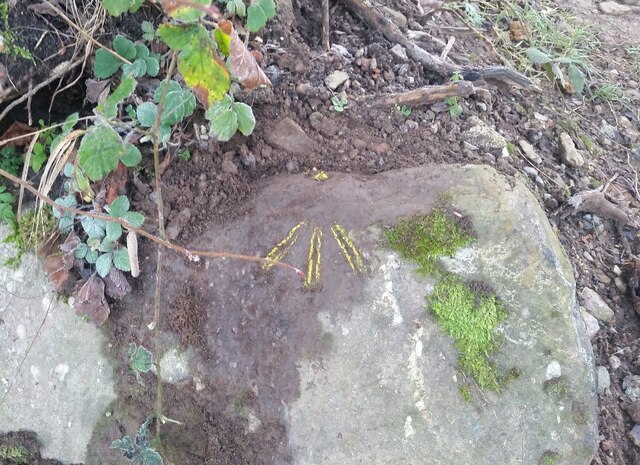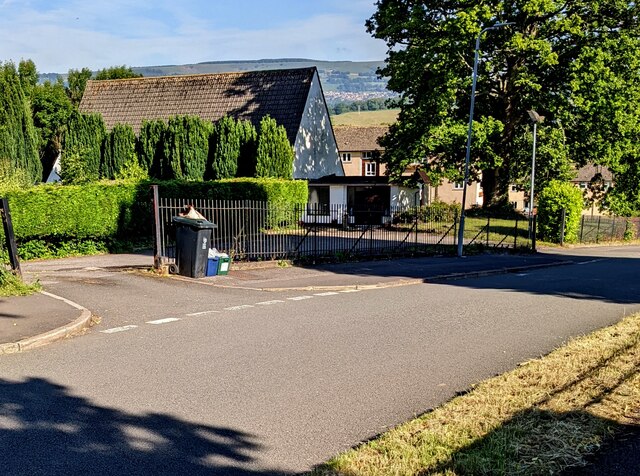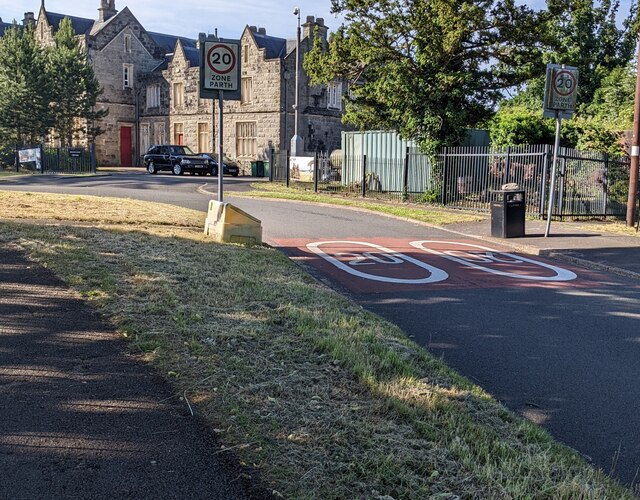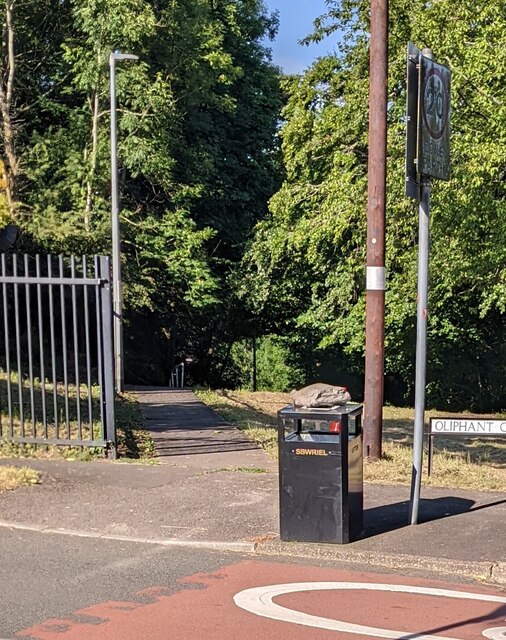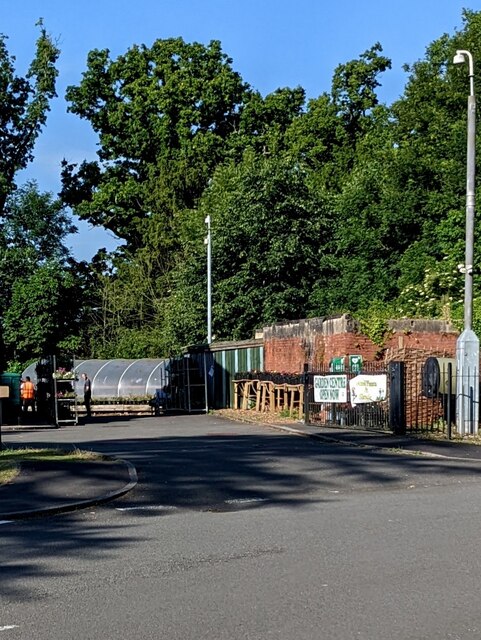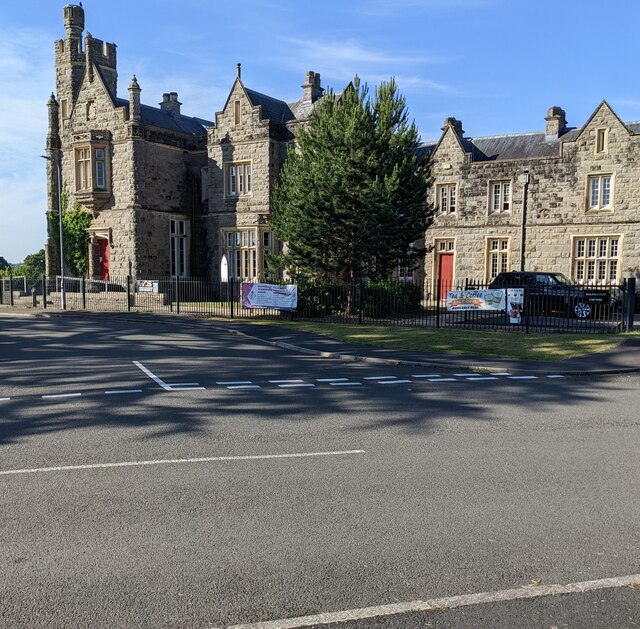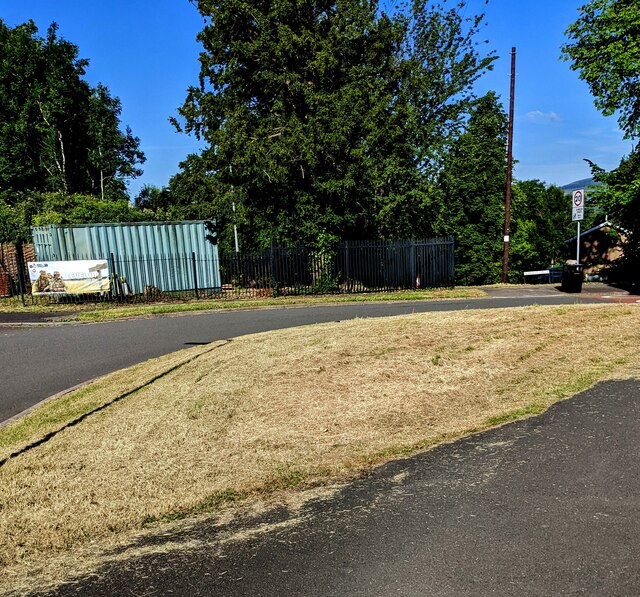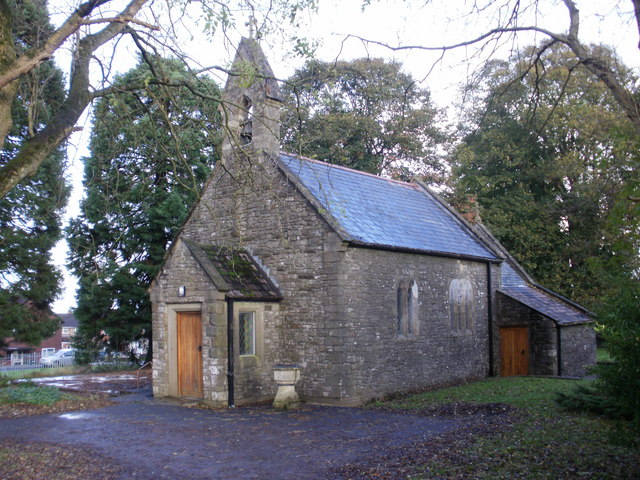Garth Fawr
Wood, Forest in Monmouthshire
Wales
Garth Fawr
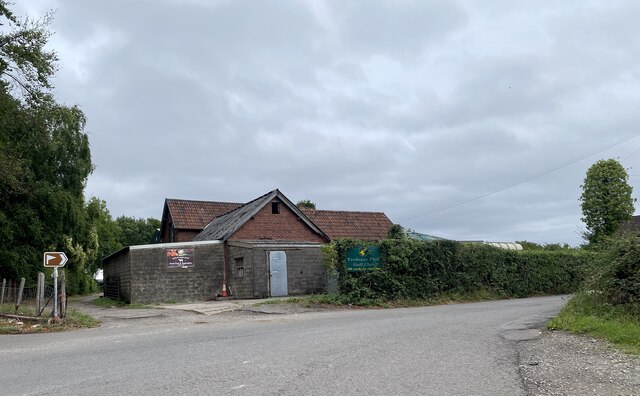
Garth Fawr, Monmouthshire, is a picturesque woodland area located in the southeastern part of Wales, United Kingdom. Situated near the town of Monmouth, this forested region covers an area of approximately 10 square kilometers.
Garth Fawr is known for its diverse range of flora and fauna, making it an ideal destination for nature enthusiasts and wildlife lovers. The forest is dominated by a mix of broadleaf and coniferous trees, including oak, beech, ash, and pine, creating a lush and vibrant environment. The dense canopy provides a haven for a variety of bird species, such as woodpeckers, owls, and thrushes, while the forest floor is home to smaller mammals like badgers, foxes, and rabbits.
The woodland offers numerous walking trails and paths, allowing visitors to explore its natural beauty at their own pace. These paths are well-maintained and cater to all levels of fitness, making it accessible to both casual walkers and more experienced hikers. Along the way, one can discover charming streams, small waterfalls, and tranquil ponds, adding to the enchanting atmosphere of Garth Fawr.
Garth Fawr is also steeped in history, featuring ancient ruins and remnants of Iron Age settlements. Archaeological findings suggest human habitation in the area dating back thousands of years, further enhancing its cultural significance.
Overall, Garth Fawr, Monmouthshire, offers a delightful combination of natural beauty, wildlife, and historical heritage, making it a must-visit destination for those seeking a peaceful retreat in the heart of the Welsh countryside.
If you have any feedback on the listing, please let us know in the comments section below.
Garth Fawr Images
Images are sourced within 2km of 51.61258/-3.0418083 or Grid Reference ST2790. Thanks to Geograph Open Source API. All images are credited.
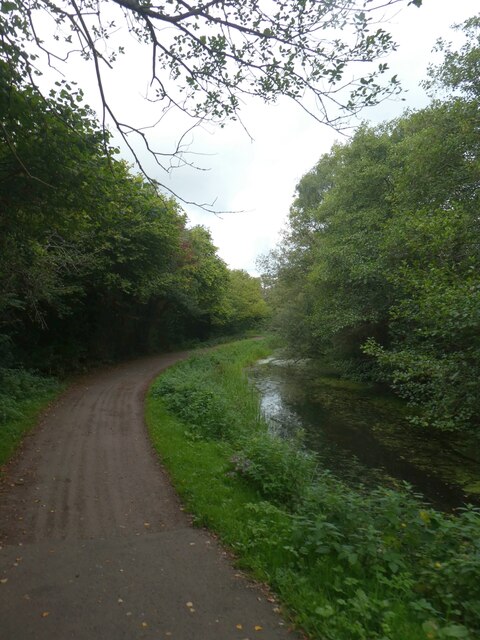
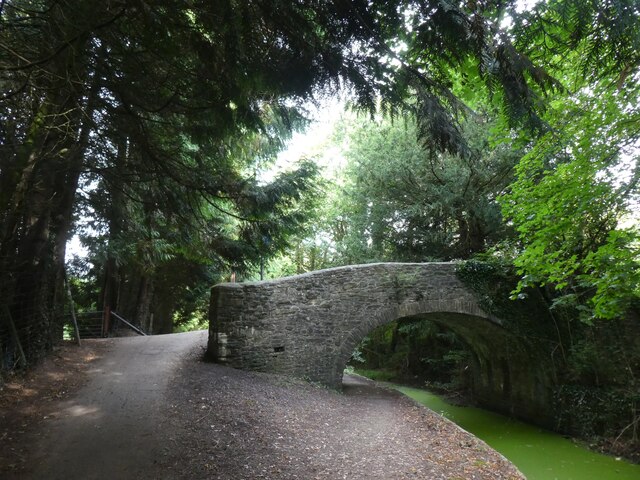
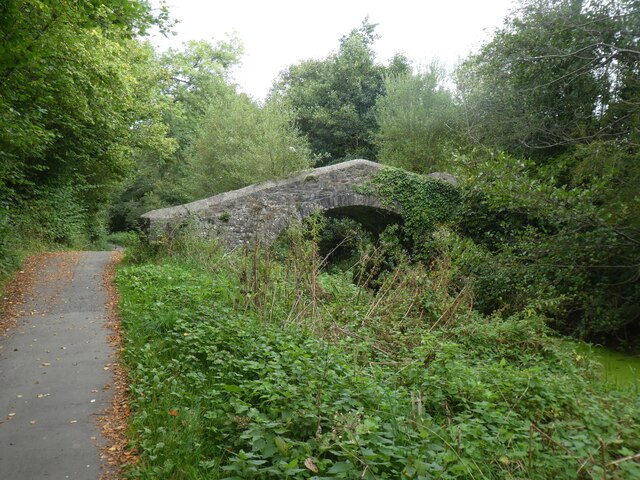
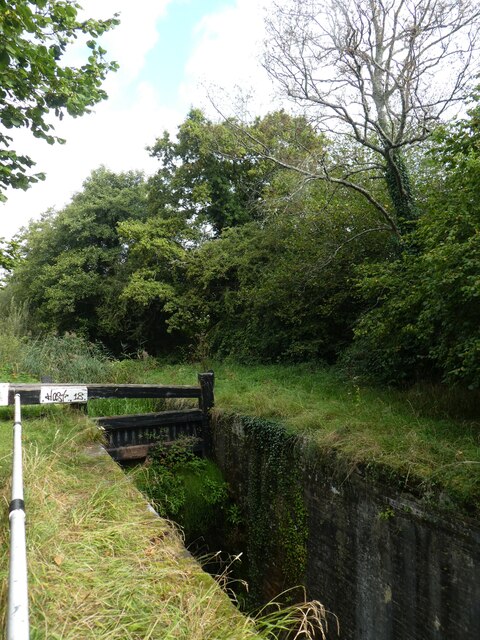
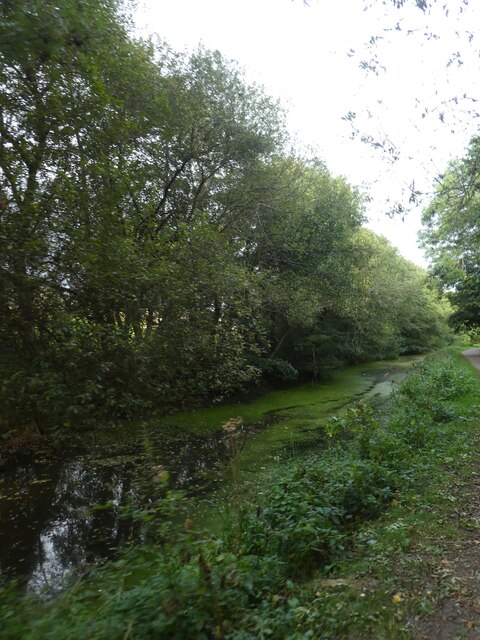

Garth Fawr is located at Grid Ref: ST2790 (Lat: 51.61258, Lng: -3.0418083)
Unitary Authority: Newport
Police Authority: Gwent
What 3 Words
///strutted.lodge.sliding. Near Risca, Caerphilly
Nearby Locations
Related Wikis
Bettws, Newport
Bettws (Welsh: Betws) is a large modern housing estate, electoral ward and coterminous community (parish) of the city of Newport, South Wales. == Etymology... ==
Newport High School (Wales)
Newport High School (Welsh: Ysgol Uwchradd Casnewydd) is a co-educational secondary school in the Bettws district of the city of Newport, South Wales,...
Risca Community Comprehensive School
Risca Community Comprehensive School is a community comprehensive school located in the town of Risca near Newport on the eastern side of the Caerphilly...
Rougemont School
Rougemont School (Welsh: Ysgol Rougemont) is an independent co-educational day school located in the manor house Llantarnam Hall in south Wales. The school...
Nearby Amenities
Located within 500m of 51.61258,-3.0418083Have you been to Garth Fawr?
Leave your review of Garth Fawr below (or comments, questions and feedback).
